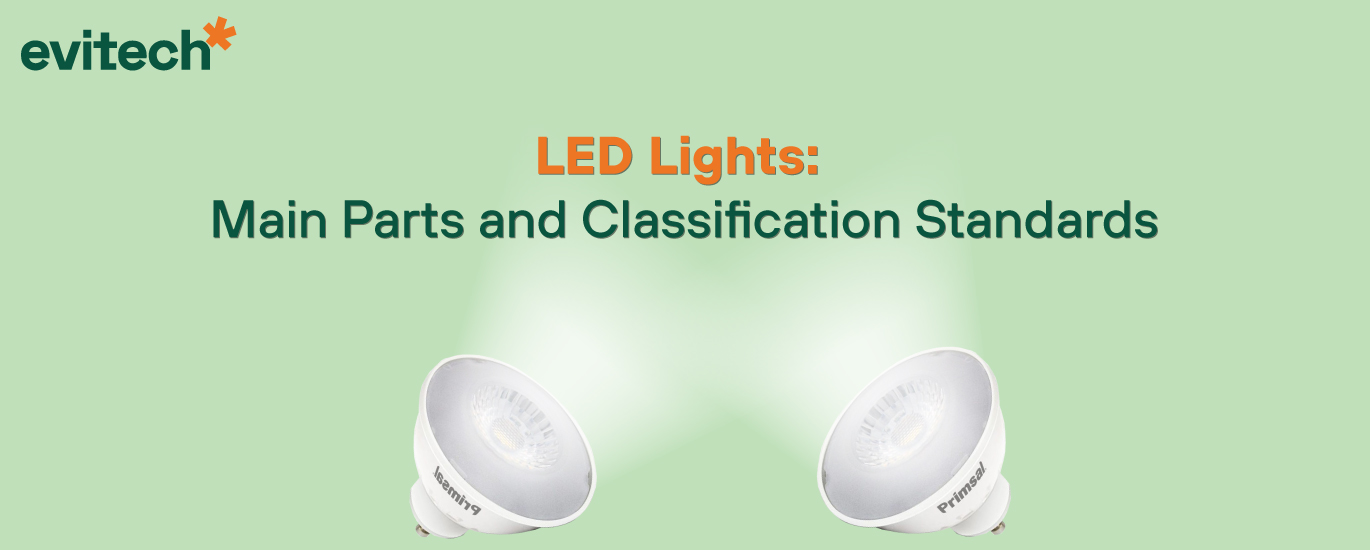LED Lights: Main Parts and Classification Standards
In countries such as Canada, the United States, Mexico and members of the European community, there are some classification standards for LED lights.
In other words, it is a group of specifications that allow compliance with all the safety, performance and electrical efficiency requirements of LED systems.
Although this technology offers countless advantages, it also contains some risks, such as light pollution. Similarly, its use can affect the balance in the population of some insects and birds and the life of some plants. Therefore, it is necessary to regulate its use.
Components of LED products
First, let’s classify the elements of an LED system, understood jointly or individually, that are evaluated to comply with the essential efficiency and safety requirements.
These elements can be classified into:
- LED: An LED light is a device that incorporates semiconductors, which emit light when receiving electrical energy.
- Modules: These are a set of LED lights that make up a unit and can have mechanical, optical or electronic components. Some of these models of LED systems can integrate a system controller.
- Lamps: This LED luminaire can emit a directed lighting flow in all directions. The lamps have a base connected to the electrical network and an LED unit (module) that emits the luminous flux. In addition, a controller is integrated.
- Luminaires are lighting equipment made up of a casing or “housing”, an LED module that emits the luminous flux, an LED controller and an optical controller to distribute the luminosity flux.
- Standards that LED lights must meet.
A norm is a regulation established to regulate a given system’s behaviour or achieve a required order. In this sense, the standards in LED lighting systems seek to technically regulate the operation of these systems (individually or considering everything as a single device).
Below are the main factors for the optimal performance of LED products:
Energy Efficiency and Performance
These are the standard efficiency rules for LED systems. To comply with these specifications, the lamps must have the following characteristics:
- Electrical: Consumption and power factor (kW).
- Photometric and Radiometric: Luminous flux, performance index and colour temperature.
Security
Regarding safety, LED lights must comply with:
- Mechanical and electrical characteristics: It is intended to be a safe product for handling, installation and removal.
- Characteristics of chromaticity: colour uniformity and maintenance of this colour in the long term.
With all these classification standards for LED lights, what is sought is to control the impact of the use of this technology in people’s daily lives.
It is notorious that its use is increasing; therefore, these standards seek the optimal integration of LED technology, reducing the adverse effects on our quality of life and the environment.
Latest Post
- Why do LED Spotlights Burn?
- What is the electricity consumption of LED Christmas lights?
- What are LED lighting towers, and What are their Applications?
- Using Natural Light in LED Lighting Designs
- Use of LED Lights in Domestic Houses
- Three Ways to Apply LED Light in Buildings
- Savings in Air Conditioning with LED Lighting
- Replacement of Halogen Spotlights by LED
- Recommendations when Buying LED Lights for Cars
- LED Lighting Connected to the Internet: A Promising Technology


